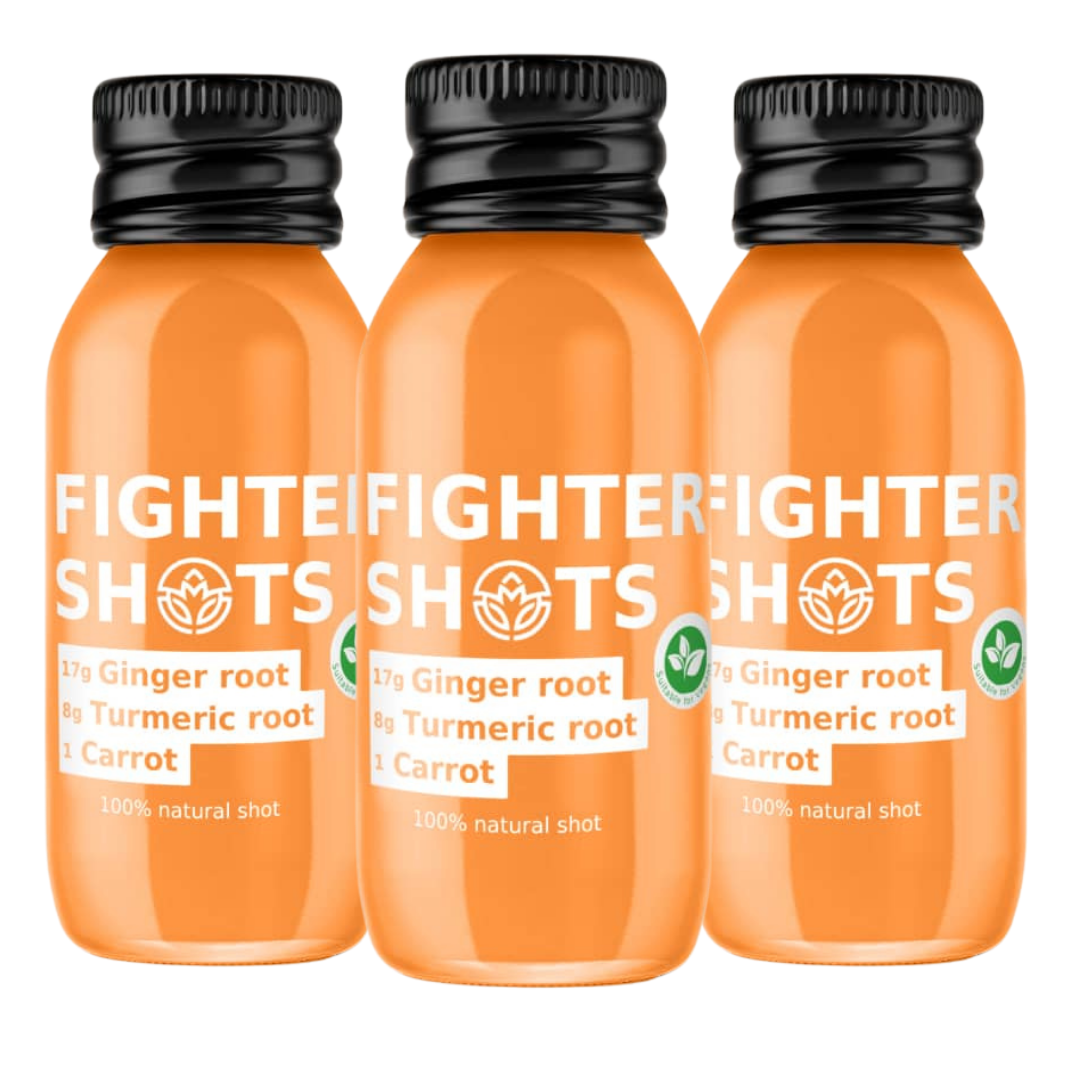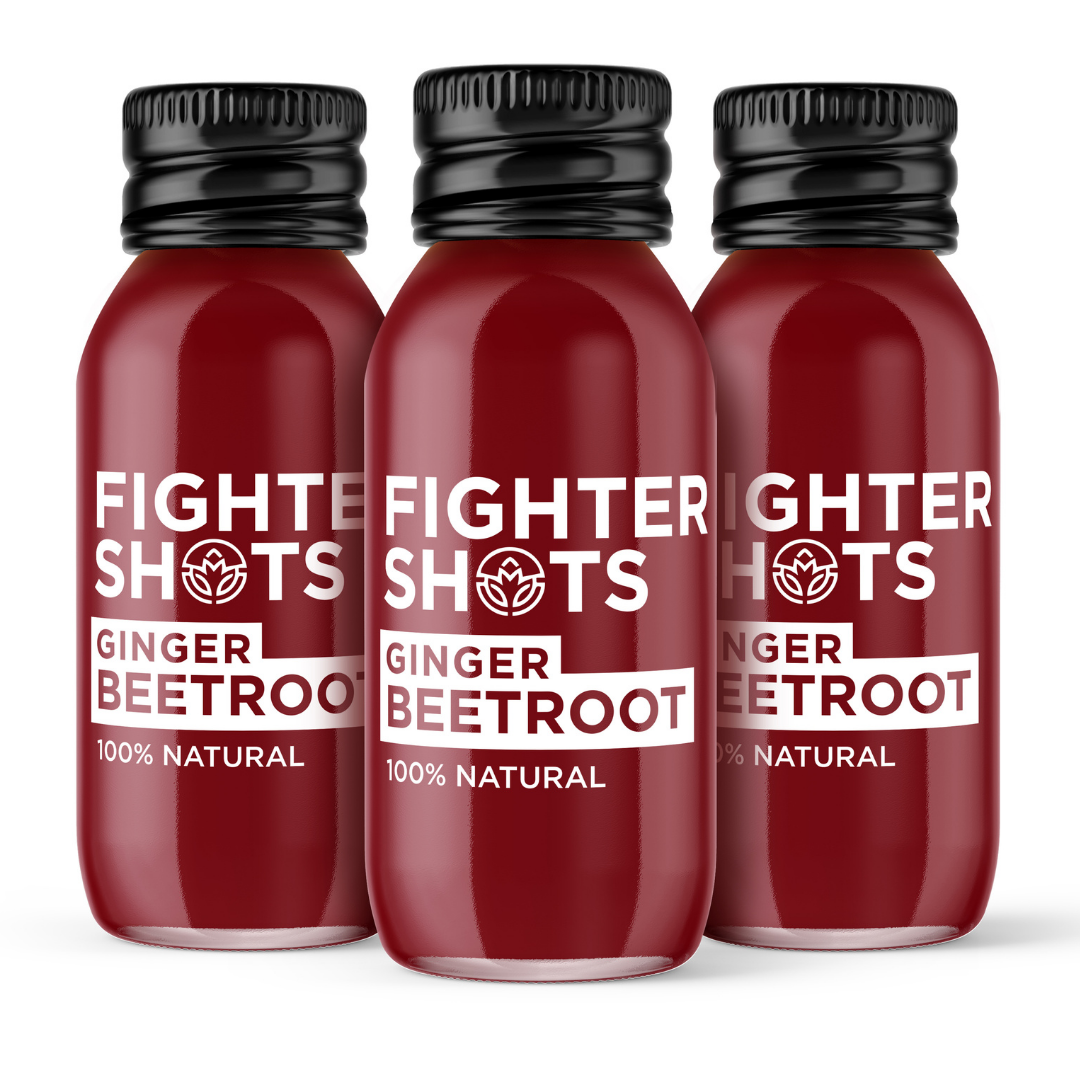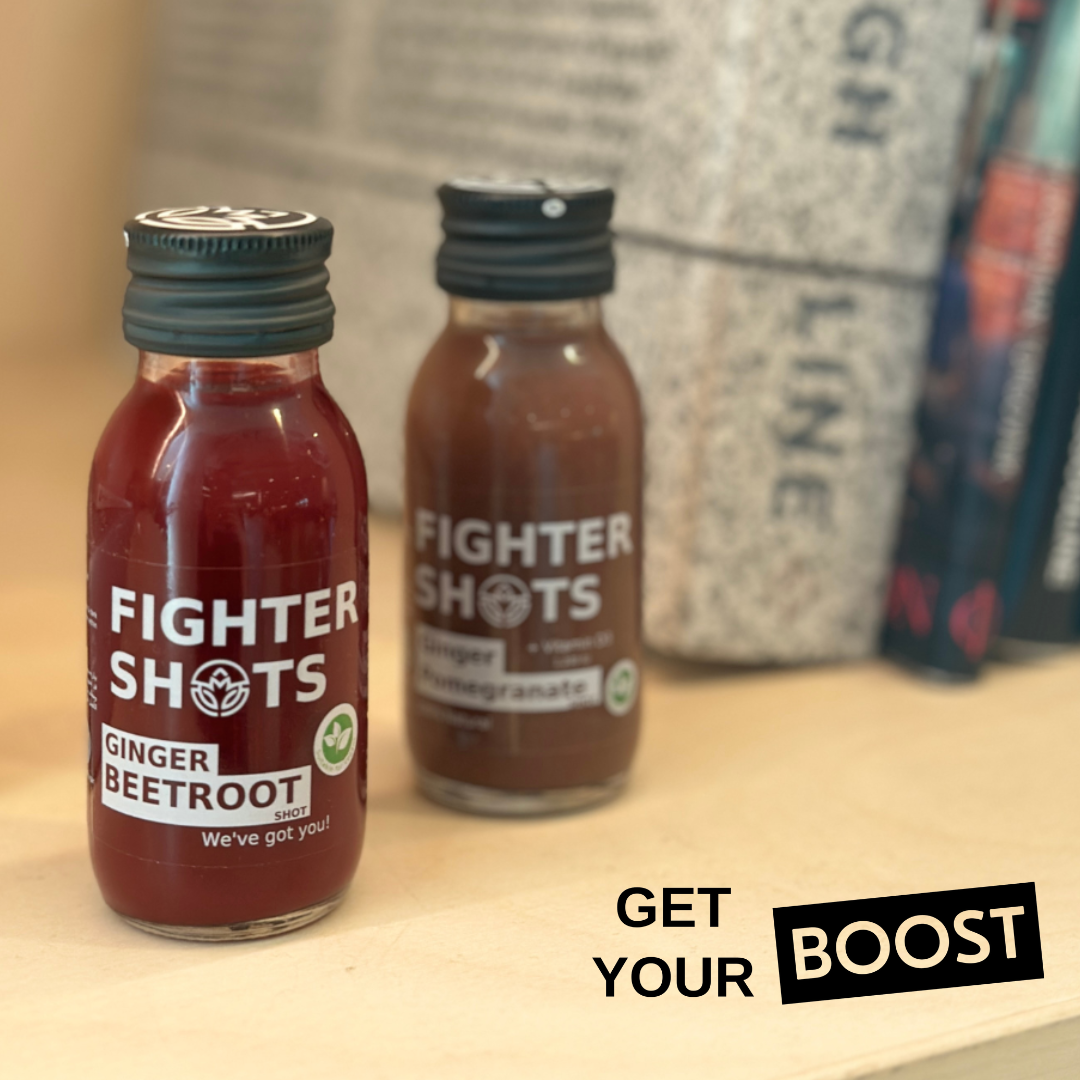We recently had an interview with Kim Walker who is the founder of Handmade Apothecary. This was the first time I had heard of foraging, she introduced the concept to us and we believe that it's a fantastic way to reconnect with nature, it promotes sustainability and is an old tradition that unfortunately gets forgotten.
She was raised in Scotland’s countryside in the 80s and 90s and moved to London after school and started her career in veterinary science, training to work with animals and before becoming interested in ecology to work outside and with plants. Kim then trained in Medical Herbalism as she became a passionate teacher on how to rediscover and reconnect with plants and mushrooms.
What is foraging?
Foraging is searching for and gathering wild food resources for free. By foraging, you can easily learn more about different plants and herbs.
During lockdown we all need to stay active and energetic, so what is better than spending some time outdoors and connecting with nature? We all know that there is a link between nature and wellbeing. Whilst outdoors, getting the much needed fresh air during this lockdown, you see the season change, new trees blossoming, and lots of new colours and smell all the new plants so, it should be no surprise that foraging boosts wellbeing.
While foraging you need to ensure you are not uprooting plants and damaging the areas you are collecting from. You also need to know what you are picking, and you shouldn’t consume a wild plant at all. You can easily download the plant identifier app known as “picture this” to identify the plant you are picking. This app allows you to interact with the community of plant lovers and ask them about different plants. But it is important to note it is not always accurate, so try to find a local forager (https://foragers-association.org/directory) to learn hands-on from.
When we asked Kim about her recent activities, she mentioned that she holds online classes in the field of herbs and foraging. We also were very curious to know about her three favourite plants, and she named: Elderflower, Linden, and Hawthorn which sounds very interesting.

Elderflower

Linden (Photo credit by Birlik Baharat)

Hawthorn
I asked our team at Fighter Shots too, we all have a different answer for it:
Anna said she recently found some Elderflower and Himalayan blackberries in Hyde Park while she had her afternoon walk. Now, these two have turned to her favourite plant! Kavita said she has found the seasonal growth of the date palm fascinating. Since living in Dubai, she has noticed how the dates are wrapped in muslins to avoid insects and birds and have witnessed them grow from month to month on her daily walks to work.
My personal favourite is the Dandelion plant. I was born and raised in Iran, where we believe you can wish on Dandelions. Once we see it, we rush to pick it and start making a wish and blow the seeds into the air.
What you can forage in February?
February is here and you can find early flowers like Alexanders, Chickweed, and Dandelion, in the countryside or maybe in your backyard.
Mushrooms like Velvet Shank mushroom and Oyster mushrooms are your second option if you choose February for foraging.
From February to early June, you can find Nettles in a variety of places even in your garden. It should not be left unsaid that Nettles are known to be a great source of Vitamin C and Iron. You can use them to make nettle soup, nettle tea and nettle pesto, but please make sure you are wearing gloves while you are picking them as they can sting.
You may ask yourself, whether foraging wild plants is legal in the UK?
The answer is, picking and removing above-ground plants including algae, lichens and fungi is allowed on public land but on private land is illegal, without the owner’s permission. Also, there are some species which you are not allowed to pick, uproot, damage and sale. A list of these can be found on Schedule 8 of the Wildlife and Countryside Act (1981). However, woodlands, hedgerows, shoreline and your garden are great places for you to start foraging. But please always check if you are allowed to forage in the given areas before starting to pick.
After our recent interview with Kim at Fighter Shots, we decided to promote foraging as foraging walks help us get outdoor and meet nature. Foraging has major benefits for your overall wellbeing. You will not only learn about a wide range of incredible plants but it will help you embrace “living in the moment” and mindful which helps your overall wellbeing. It also helps you get into the habit of tasting something new and can reduce your carbon footprint, so if you want to go green then foraging is a great option!
To find a local in-person and online foraging walk, visit https://foragers-association.org/directory
Safety: Only use plants you are 100% certain of the identification and uses of.














